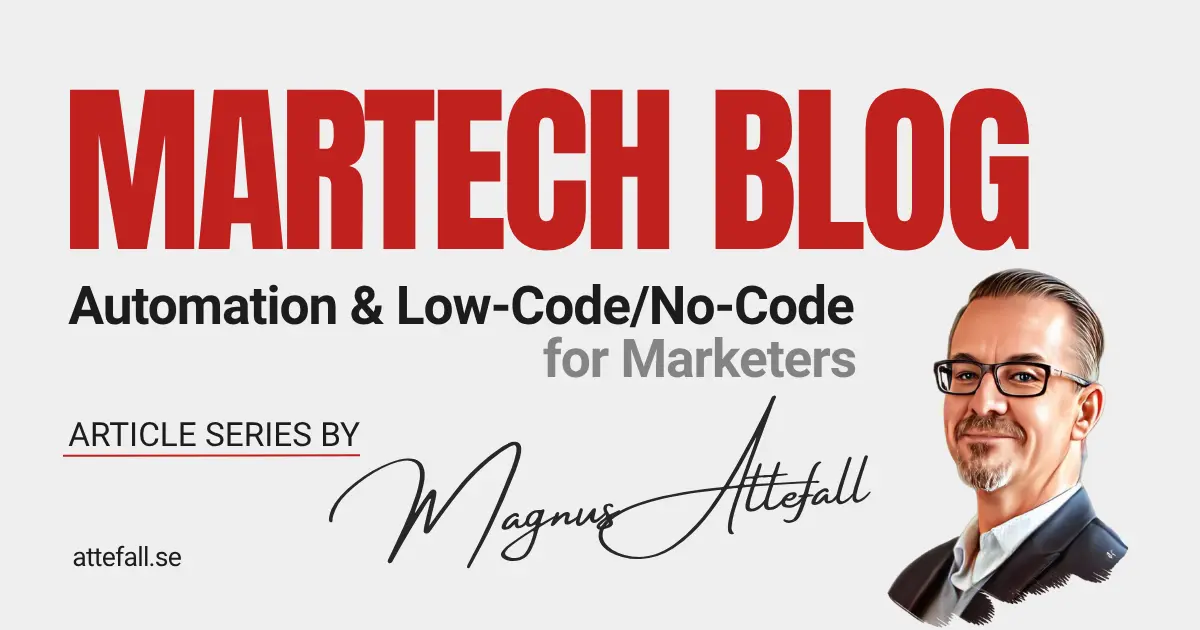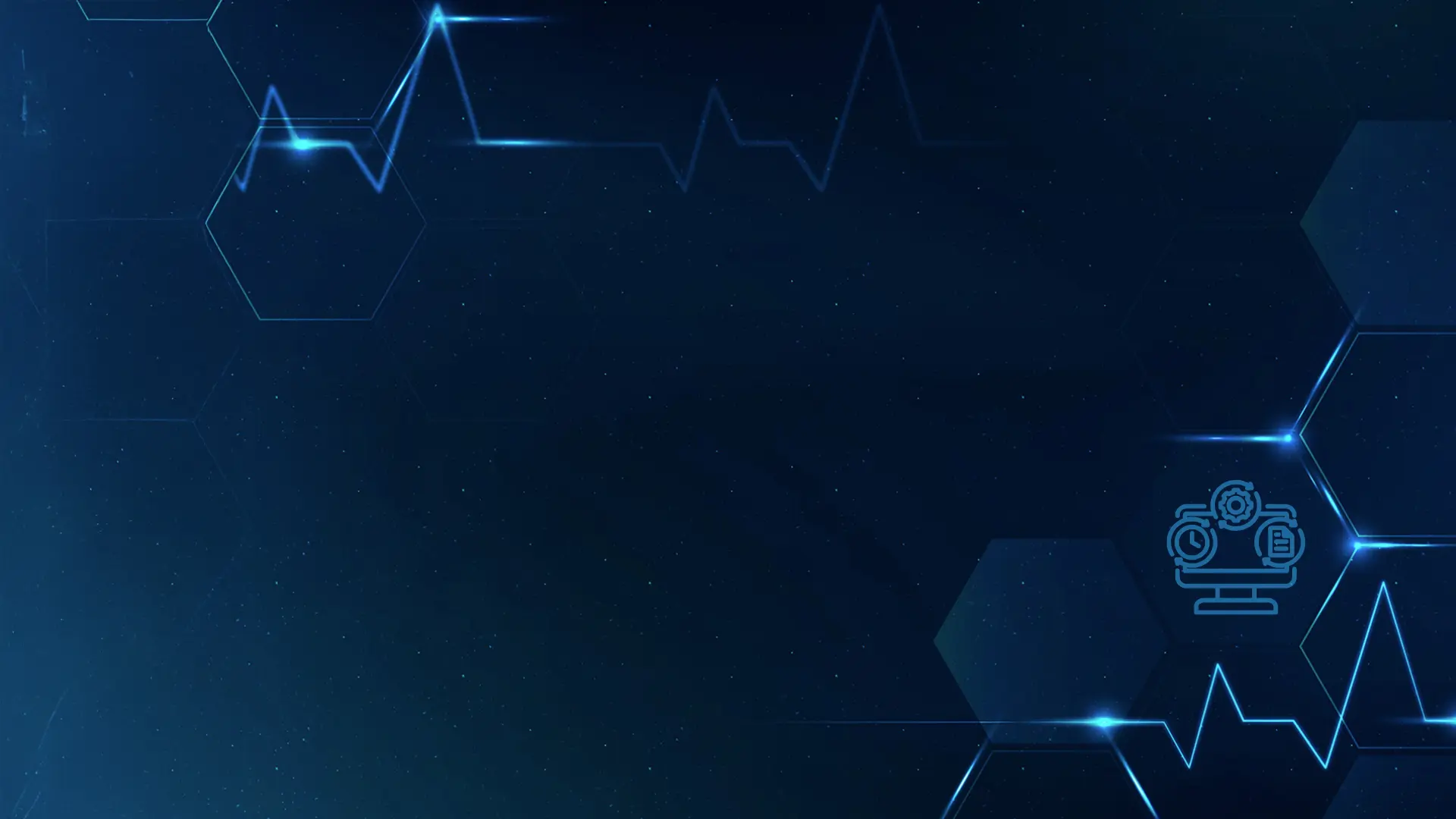
🎯 What It Means for Marketers: Essential Takeaways from Automation 2.0
The new era of marketing automation—Automation 2.0—empowers marketers to do more with less, unlocking smarter workflows, better results, and more time for creative strategy. Here’s what adopting next-gen automation delivers:
- Faster Campaign Execution: User-friendly interfaces and low-code platforms eliminate IT bottlenecks, enabling marketers to build, test, and launch campaigns more quickly than ever.
- Smarter Targeting & Personalization: Built-in AI segments audiences automatically and predicts optimal messaging moments, fueling more relevant and high-converting interactions.
- Workflow Efficiency: Tedious manual chores like lead scoring, nurturing, and reporting are automated, so teams focus on impact, not endless busywork.
- Agile Experimentation: New campaigns and automations can be rapidly spun up and edited, opening the door to quick tests, learning, and scaling what works.
- Unified Customer Journey: Automation 2.0 breaks down channel silos, enabling marketers to deliver seamless and consistent experiences across email, social, and CRM.
Bottom line
With Automation 2.0, marketers gain not just speed and efficiency but a true strategic edge. The teams that master these modern, flexible tools outpace competitors, driving real growth and lasting customer loyalty.
📘 Background: What Is “Automation 2.0”?
Automation 2.0 represents the next generation of marketing automation technology, offering greater intelligence, simplicity, and a focus on business teams, rather than just IT experts.
- Low-Code/No-Code Platforms: Modern tools are designed to enable anyone to automate workflows by dragging and dropping, with no coding required.
- AI and Machine Learning: Algorithms handle audience segmentation, content personalization, and campaign optimization in real time.
- Seamless Integrations: Out-of-the-box connectors link all your marketing tools—CRM, email, analytics, social—making it easy to manage campaigns and track results from a single place.
What does this mean for marketers?
It means you can create powerful, cross-channel automation and personalized experiences—without needing a developer or a massive IT project.
🚦 Why Marketers Need to Pay Attention
Marketing teams—especially those without big tech resources—are constantly under pressure to achieve more with less. Automation 2.0 is designed to address that challenge.
- Eliminates repetitive manual work: Data entry, campaign triggers, and follow-ups happen automatically.
- Engages customers at the right moment: Real-time actions (such as sending an email or scheduling a sales call) can be triggered by actual user behavior, not a static calendar.
- Centralized control: Monitor, manage, and optimize all your campaigns from a single dashboard, instead of jumping between tools or spreadsheets.
Result:
More time for strategy, creativity, and results—less time on process and admin.
🛠️ What Actually Works (and What’s Overhyped)
What Works Well:
- AI-Driven Customer Segmentation: Automatically groups leads and customers by behavior, lifecycle stage, or intent, making targeting more precise (and effective).
- Personalized Content Delivery: Dynamic content engines tailor messaging to the individual, enhancing open and click rates across email, web, and social channels.
- Visual Workflow Automation: Intuitive builders that automate follow-ups, reminders, and cross-channel actions, so nothing slips through the cracks.
What’s Overhyped:
- Purely “Set and Forget” AI Campaigns: Although completely hands-off automations are still required, they still necessitate human oversight for quality and relevance.
- One-Size-Fits-All “Magic Button” Tools: Solutions that claim to work for every business type or objective rarely live up to that promise—customization and context always matter.
🔄 Context-Rich Use Cases
Example 1: Automated Lead Scoring
Instead of relying on gut feeling or static rules, AI now ranks leads based on real-time engagement metrics (website visits, emails opened, demos booked), allowing sales teams to focus on high-intent contacts and eliminating the need for manual spreadsheet sorting.
Example 2: Intelligent Content Recommendations
Marketers can now automatically suggest blogs, webinars, or offers to each subscriber based on their unique browsing and download habits, thereby increasing relevance and engagement without requiring any hand-coded logic.
Example 3: Integrated Social Posting
Post, schedule, and measure content across platforms from a single location. Use automation to trigger personalized DMs or email follow-ups when someone interacts, turning social engagement into real business value.
💡 Getting Started: Best Practices
- Start Simple: Identify your most repetitive, time-consuming tasks. Automate them first and build confidence before layering on complexity.
- Test and Iterate: Track what works (and what doesn’t), using data to refine and optimize each automation for better performance.
- Bring Stakeholders Onboard: Ensure everyone—marketing, sales, and customer experience—understands the new workflows and benefits.
- Focus on Solutions, Not Hype: Select tools that cater to your specific needs and seamlessly integrate with your existing systems. Avoid shiny objects that don’t move the needle.
🔗 Learn more: Top Resources on Marketing Automation 2.0
- Marketing Automation News, Trends & How-To Guides (MarTech.org)
The latest news, tutorials, and actionable advice on more innovative marketing campaigns, automation blueprints, and strategies to drive measurable ROI. - Top 15 Marketing Automation Trends in 2025 (Blue Atlas Marketing)
A trend-focused guide explaining emerging strategies like full-funnel omnichannel marketing and generative AI for content creation. - Implementation of Marketing Automation 2.0 Solutions (Persooa)
A practical overview of what defines Marketing Automation 2.0, including real-world integration, AI-powered personalization, and business case examples for more innovative multichannel marketing.
🗂️ Article series: Automation & Low-Code/No-Code for Marketers
- Automation 2.0 for Marketers: What’s New and What Works
- Low-Code and No-Code in Marketing: Use Cases That Deliver
- Top Marketing Automation Platforms Compared: 2025 Edition
- Smarter Workflow Automation: Save Time and Boost Quality
- Automation vs. Human Touch: Finding the Balance in Brand Communication

